
30 Aug 3 Indie Comics Film Franchises in the Making
Superheroes have inspired the bulk of film & streaming adaptations, but there are at least three indie comics that could become cottage industries unto themselves: Let’s take a look at Love and Rockets, Scalped, and Maus.
What Happens When Superheroes Go Out of Style?
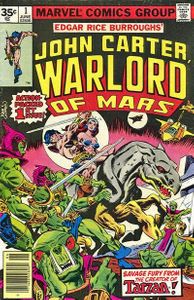
These films cost hundreds of millions of dollars to make and often an additional hundred million dollars to market. So when one of them fails (like John Carter, Warlord of Mars), it’s a massive loss that can actually sink stock prices.
Subscriber-based content providers have much less budget because they can’t offset production costs with ad revenue. But they still have to provide new content to keep their subscribers and the notion of additional rental fees within a subscription is new. The pandemic forced Disney to use their Disney+ subscription service as a sort of home box office (sorry, HBO) as a means of recouping what would otherwise be massive losses via paid-premiere access. So far, it hasn’t been particularly lucrative because Disney film budgets are extremely high, and they are losing repeat business since subscribers can rewatch films offered this way. Repeat business has proven to be a significant component of both Marvel and Disney Animation film grosses because of the “nag factor” in households with children.
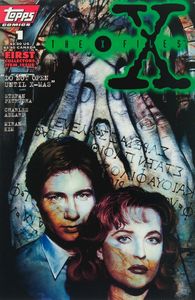
A long-running TV show can earn well beyond what even the most successful films can. The first-run profit on shows like Friends, Seinfeld, and X-FIles was nominal compared to the hundreds of millions of dollars they each make annually in syndication.
Case Point: The Walking Dead
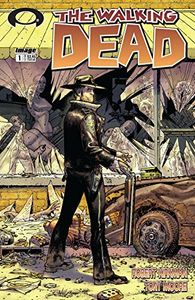
Now add to that, multiple AVOD and SVOD deals for the shows. Netflix has the SVOD rights to The Walking Dead while Hulu has the SVOD rights to Fear the Walking Dead. There are also dedicated “Walking Dead” channels on the AVOD services IMDb TV, Pluto and Dish Network/Sling. AMC has launched a Twitch channel for TWD content, including a weekly show that will do deep dives into past episodes while retaining the SVOD rights to the latest series spin-off, World Beyond, as well as the Chris Hardwicke hosted Talking Dead.
The 2015 mobile game “The Walking Dead: Road to Survival” from Scopely has generated $372.3 million in lifetime revenue while Next Games’ “The Walking Dead: Our World,” a location-based augmented reality game, has accumulated $39.6 million in revenue since launching in 2018.
While The Walking Dead isn’t necessarily a cheap show to produce, it’s also not terribly expensive. And that should inform the powers that be just how much gold can be mined from non-superhero comics. What follows are three comics that have the potential to become their own cottage industries.
Love and Rockets
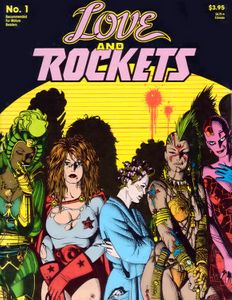
Utilizing Frank King’s literary device of aging in real-time, the principal characters gain weight, get haircuts, change their fashion, and traverse different romantic entanglements with authenticity and earnestness. No comic (and few books) have impacted me the way that Las Locas and Heartbreak Soup did. It would seem like a perfect project for Selena Gomez to produce as a follow-up to 13 Reasons Why, and there are thirty years of material to adapt. When that happens, the original black and white indie edition of Love and Rockets #1 achieves Teenage Mutant Ninja Turtle prices. Less rare in the wild but much scarcer on the census is the color magazine-size Love and Rockets #1 that is pictured.
Scalped
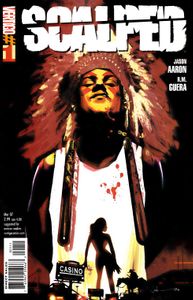
Considering the sleeper success of Taika Waititi’s Reservation Dogs on Hulu, there is now proof of an audience for a show completely focused on Native Americans, but Scalped is so much more than that. Something of a modern-day Deadwood, the cast of characters runs the gamut from sexy to surly and the storytelling is nothing short of spectacular. This is classic Neo-noir with plenty of sex and violence. It’s the type of project that Oliver Stone might have tackled twenty years ago that might be a perfect fit now for Noah Hawley, who adapted Fargo for the small screen. Now that Better Call Saul is wrapping up, Vince Gilligan might be looking for his next big thing, too, and here’s a project with the potential to give a lot more inclusion to a group that has been under-represented when not outright vilified by Hollywood in the past.
Scalped has been ripe for adaptation since day one, and spec has driven the prices up but it’s only a matter of time until it happens.
Maus

Because of the scope, it does not lend itself to a film, so any adaptation would have to be a series, and once green-lit I doubt it would get canceled. Steven Spielberg had once been attached to executive produce an animated series in partnership with the Shoah Foundation, but nothing ever came of it (or these reports were merely rumors). Natalie Portman has worked on behalf of the Shoah Foundation and now has her own production company. As a person who picks her projects carefully and leans toward award-winning material, she might be the perfect champion for this long-languishing property.
First serialized in RAW Magazine #1 in 1980 through 1991, there have been several collected editions and series. Discerning the printings and publisher of origin can be very difficult, so I recommend looking for that debut issue of Raw. You won’t find one slabbed because there are NONE on the census. This is a magazine that you can sometimes find in a counterculture book store, though high-grade copies have always been rare.
Bottom line: Some of the best sequential work has been reality-based. In Japan, there are successful manga about Ping Pong, Basketball, Hostessing, and coming-of-age. Publications like The Comics Journal were basically dedicated to non-superhero comics, so it’s strange that Hollywood hasn’t paid more attention.
What do you think? What are some other non-genre titles that could make great media? Comment below!
Want more spec?
-
IS IT TIME TO RE-INVEST IN ETERNALS?
-
IS DEATH THE NEW BREAKOUT STAR?
-
ARE MANGA REPRINTS THE NEW HOT SPEC?
*None of the content of this article is intended as investment advise.
This is just the opinion of the columnist – Do your own research!
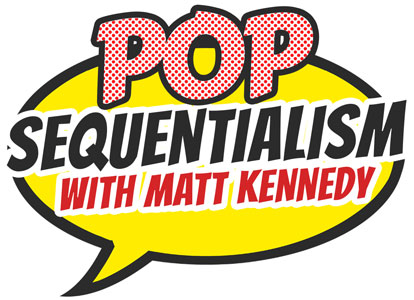
No Comments